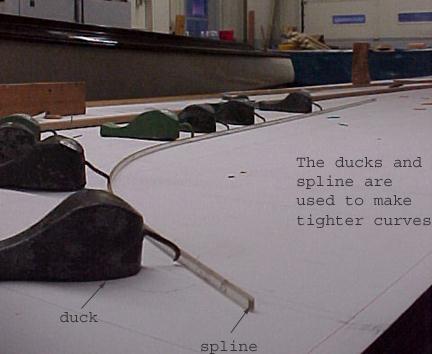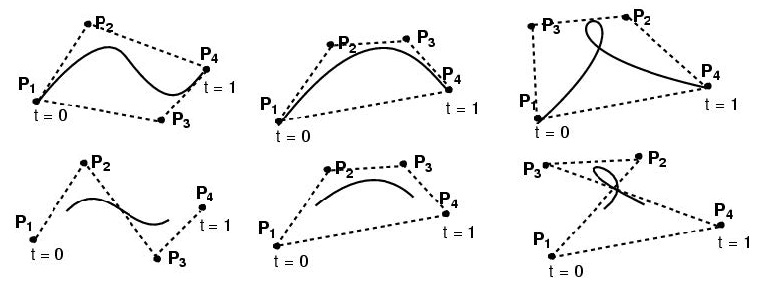

LECTURES AND LECTURE NOTES
Primary material of this course will come from the recommended reference books listed above. Additionally, material from recent articles or other relevant reference books will be presented. Numerous slides and video tapes on graphics will be shown. Students are advised to attend the class and follow the lecturing notes closely!
Computer Graphics Introduction and Course Overview
Computer Graphics Hardware and Display Devices
Graphics Drawing, Rasterization, and Clipping
2D and 3D Geometry Transformations
Cameras and Geometric Coordinate Systems
Geometric Transformation and Graphics Viewing
From World Coordinate System to Screen Coordinate System
Surface Graphics vs. Volume Graphics
Point Representation (Modeling and Rendering)
Local Illumination and Graphics Rendering
Procedural Modeling Fundamentals
Various Procedural Modeling Techniques
Radial Basis Functions and Applications
Geometry-driven Deformation and Free-form Deformation
Computer Animation: Concepts, Theory, And Applications
A Brief Introduction to Differential Geometry
Possible Project Topics (Course Projects)
Time permitting, there are also a few advanced topics to be covered towards the end of the semester. Advanced topics that are of interest to graduate students include (but are not just limited to): graphics history, image processing techniques, data modeling techniques, image-based modeling and rendering, radiosity, photo mapping/tracing, non-photorealistic rendering, image vectorization, etc.
A Brief Computer Graphics History
Data Modeling and Analysis Techniques (Interpolation and Approximation)
Image-based Modeling and Rendering